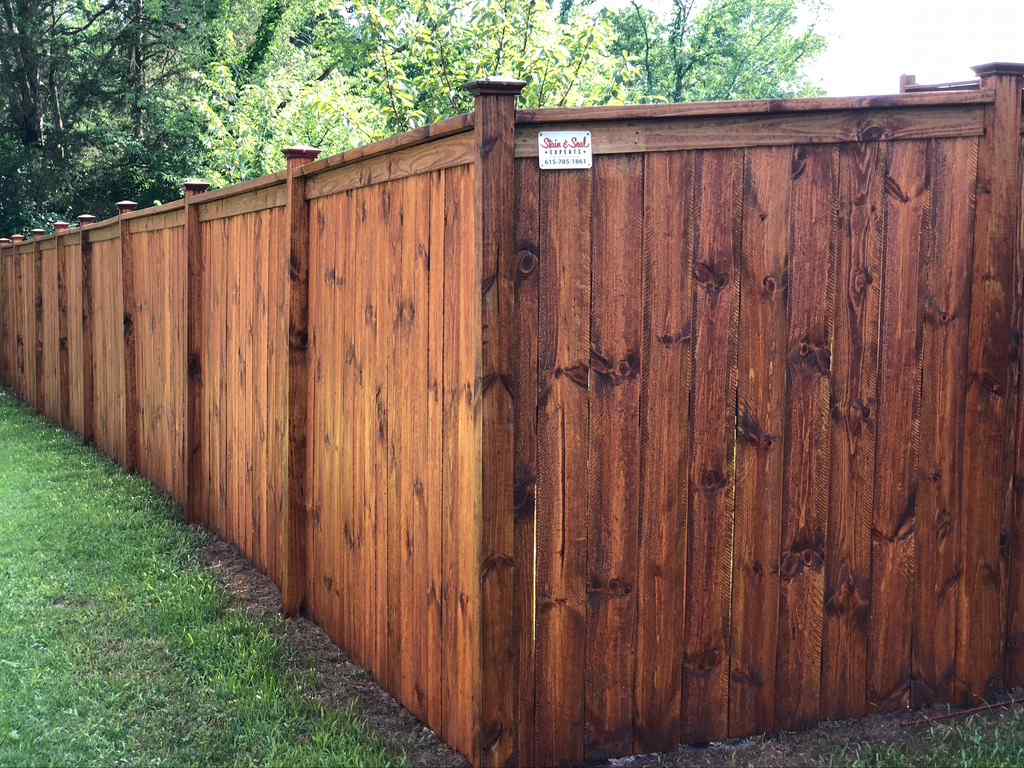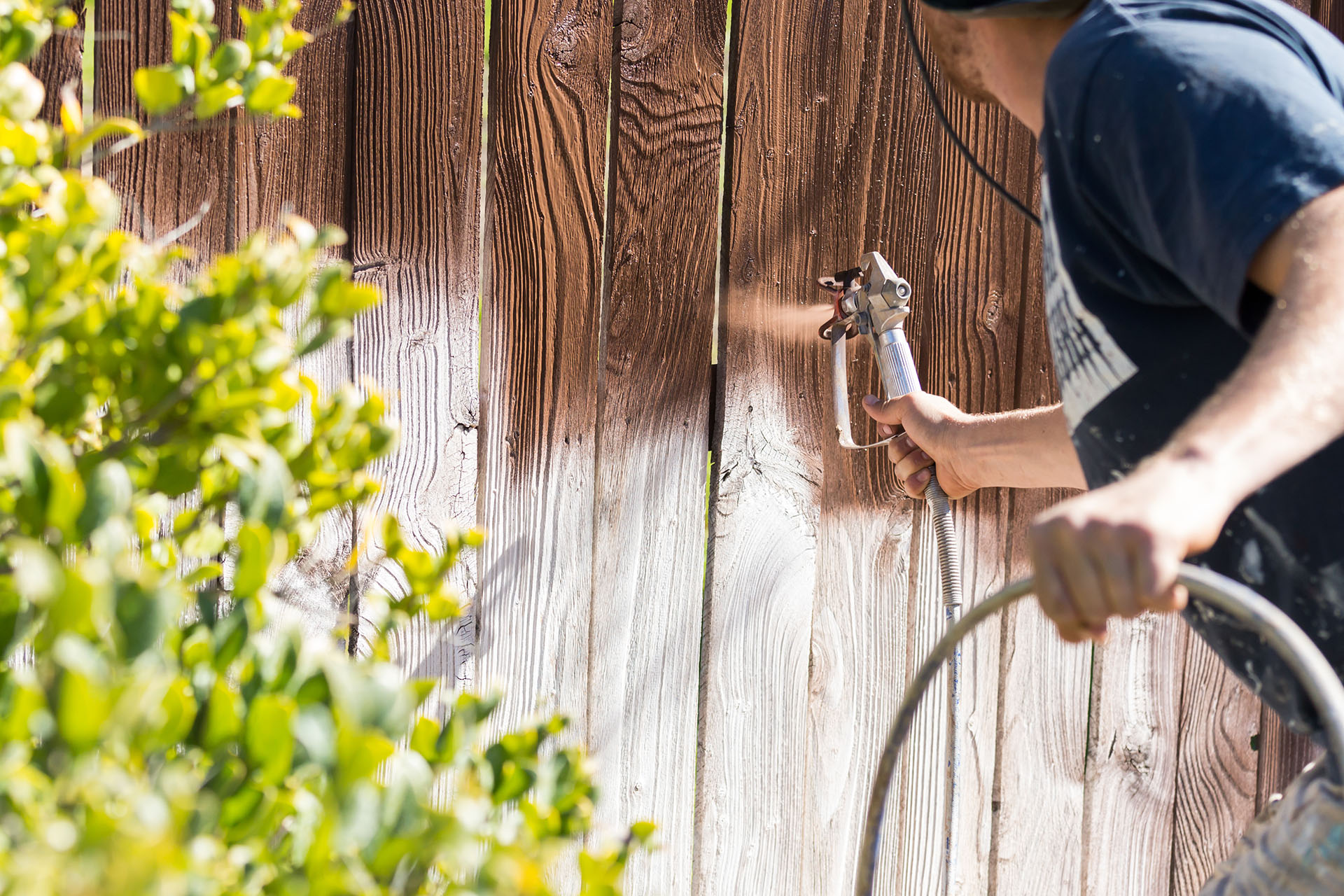Vital Tips for Deck Staining Success
Achieving a flawlessly tarnished deck calls for even more than just a brush and a canister of tarnish. From picking the ideal type of discolor to understanding the art of application, each stage plays a crucial function in the last result.
Picking the Right Spot
Picking the ideal tarnish is extremely important in accomplishing a long lasting and cosmetically pleasing finish for your deck. deck staining franklin. When selecting a stain for your deck, it is crucial to take into consideration variables such as the wood kind, preferred shade, level of security needed, and upkeep preferences
Firstly, take into consideration the type of timber your deck is constructed from, as various timber species may respond in a different way to specific sorts of discolorations. Hardwoods like oak or mahogany might require different stains compared to softwoods like want or cedar. Recognizing the qualities of the wood will help you select a stain that penetrates efficiently and improves its natural beauty.
Next, think about the color you desire for your deck. Spots come in a variety of shades, from all-natural tones that enhance the wood's grain to even more opaque shades that supply far better UV protection. Select a shade that matches your exterior room and matches your aesthetic choices.
Furthermore, analyze the level of protection the discolor deals. Some stains give a lot more considerable protection against UV rays, dampness, and mold, which can lengthen the life of your deck. Stabilizing protection with looks is key to accomplishing a durable and aesthetically enticing finish.
Preparing the Deck Surface
To make certain a successful application of the chosen tarnish, detailed preparation of the deck surface is vital. Use a deck cleaner or timber brightener along with a stiff-bristled brush to scrub the surface clean.
Change or repair these as required to guarantee the structural stability of the deck. This action not only aids the discolor adhere better however also enhances the overall look of the deck.
Using the Discoloration Appropriately

Begin by extensively mixing the discolor to guarantee an also consistency. Utilize a paint stirrer to blend the discolor well, specifically if it has actually been resting for a while. When applying the discolor, use a sprayer, paintbrush, or roller , relying on the sort of discolor and the dimension of the deck. Operate in workable areas to stop the discolor from drying out unevenly. Use the tarnish towards the timber grain to make certain also protection and a professional surface.
Allow the initial coat to completely dry completely before determining if a 2nd coat is essential. Comply with the maker's guidelines pertaining to drying out times and reapplication. Correct application of the stain is important for shielding your deck and improving its appearance for many years ahead.
Keeping Your Tainted Deck
After successfully applying the discolor to your deck, keeping its look and protective qualities is critical for lasting durability and visual allure. Routine maintenance is essential to maintaining the charm and stability of your stained deck. To keep your deck looking its finest, it is advised to cleanse it at the very least annually. Use a light cleaning agent and water to eliminate dirt, crud, and mold that can build up on the surface area. In addition, examine your deck each year for any kind of indicators of wear or damage. Resolving problems without delay can avoid them from worsening and extend the life of your discolored deck. Depending upon the foot web traffic and direct exposure to the components, you may require to reapply a fresh layer of tarnish every 2-4 years. This will assist keep the shade and protective surface of your deck, making sure that it proceeds to enhance your exterior area for years ahead.

Troubleshooting Common Issues
Recognizing and addressing usual concerns that might arise with your stained deck is essential for ensuring its longevity and optimum efficiency. One common problem is flaking or peeling of the tarnish.
An additional problem frequently experienced is mold and mildew growth on the deck surface. This can be credited to moisture retention, lack of sunshine, or improper ventilation. To tackle this issue, an extensive cleaning with a mold and mildew cleaner followed by proper drying out and application of a mold-resistant discolor is critical.
In addition, fading of the tarnish shade with time is a common worry. UV direct exposure and extreme weather can cause staining. To resolve this, choosing a top quality, UV-resistant stain and applying a fresh coat periodically can help maintain the deck's visual appeal.

Final Thought
To conclude, effective deck staining calls for picking the right discolor, properly preparing the deck surface, browse around here using the discolor properly, and maintaining the discolored deck. By adhering to these necessary ideas, you can achieve a beautifully stained deck that boosts the general appearance of your exterior area. Bear in mind to troubleshoot any usual issues that might develop home fencing companies throughout the discoloration procedure to make sure a visually attractive and resilient result.
Accomplishing a flawlessly tarnished deck needs more than simply a brush and a canister of discolor.To guarantee an effective application of the selected tarnish, extensive preparation of the deck surface area is crucial. When applying the discolor, use a sprayer, roller, or paintbrush, depending on the kind of stain and the size of the deck.Identifying and addressing usual concerns that might arise with your discolored deck is important for guaranteeing its durability and optimum electric gates performance.In conclusion, effective deck staining needs picking the right stain, correctly preparing the deck surface, using the tarnish correctly, and preserving the stained deck.